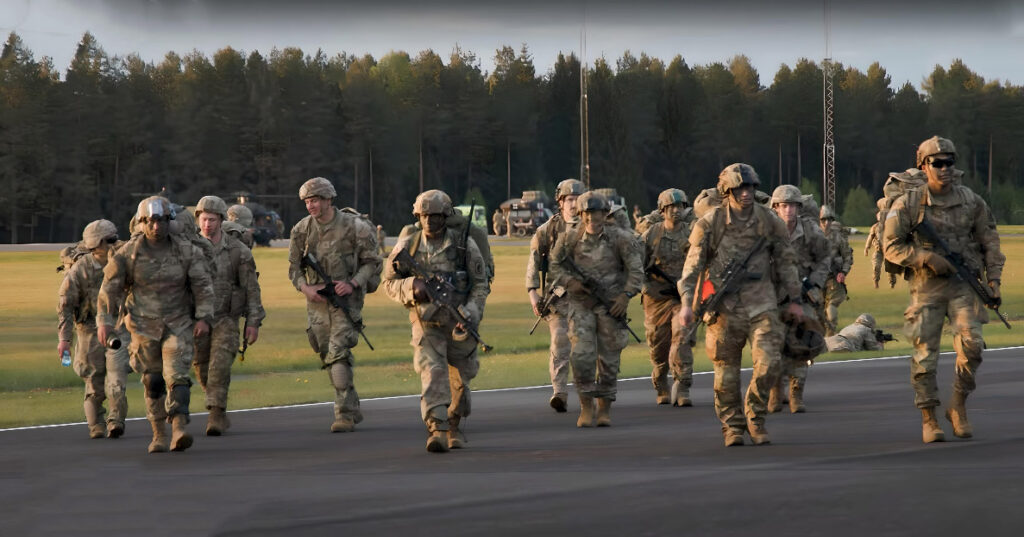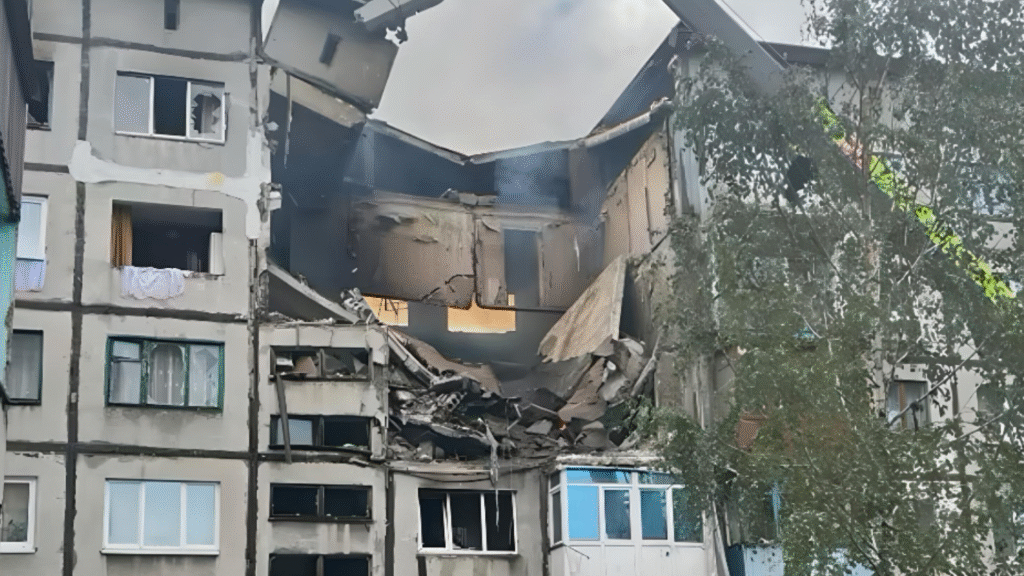The U.S. Air Force is doubling down on enhancing its cutting-edge Lockheed Martin F-35 Lightning II, a fifth-generation fighter jet, through a transformative upgrade program known as Block 4. At the heart of this initiative is the addition of external fuel tanks designed to dramatically extend the aircraft’s combat range, addressing one of the jet’s key limitations. Currently, the F-35A has a combat radius of approximately 670 nautical miles (1,241 km). The new fuel tanks, including detachable 600-gallon (2,271-liter) options and conformal designs that hug the aircraft’s frame, could push this range to an impressive 1,000 miles, enabling long-range missions without the need for mid-air refueling.
Beyond extended range, the Block 4 program is set to make the F-35 even more formidable. Upgrades include a state-of-the-art AN/APG-85 radar, enhanced infrared systems, an expanded weapons arsenal, and improved electronic warfare capabilities. These advancements aim to keep the F-35 ahead of evolving global threats, ensuring it remains a cornerstone of air superiority. The jet’s stealth profile, a hallmark of its design, is being carefully preserved, with conformal fuel tanks (CFTs) engineered to minimize radar detection while boosting fuel capacity.
The concept of external fuel tanks for the F-35 isn’t entirely new. Between 2004 and 2007, Lockheed Martin explored 480- and 460-gallon tank designs, but aerodynamic challenges led to scaled-back capacities. More recently, Israel’s customized F-35I “Adir” variant successfully integrated 600-gallon tanks, which proved their worth during operations over Iran in June 2025, enabling flights spanning 4,000 km without refueling, according to reports from the National Security Journal. This real-world success is informing the U.S. program, with engineers focusing on balancing range, stealth, and performance.
The Block 4 program, launched in 2018, encompasses over 75 enhancements, including a new processor, expanded memory, and an upgraded cockpit display. The Technology Refresh 3 (TR-3) update, rolled out in July 2024, provides the computational backbone for these improvements. However, the program hasn’t been without hurdles. According to the Government Accountability Office, Block 4 completion has been delayed to 2029, with costs climbing to $16.5 billion. In 2025, Lockheed Martin delivered 72 F-35s equipped with TR-3, but full combat readiness is not expected until 2026.
Drawing inspiration from the F-22 Raptor modernization effort, which includes $11 billion stealth-friendly fuel tanks, the F-35 program is adapting similar low-profile tank designs. These detachable tanks, capable of carrying up to 8,000 pounds (3,600 kg) of fuel, can be jettisoned before combat to maintain agility and stealth. For the carrier-based F-35C, which has a combat radius of about 600 nautical miles, these tanks are a game-changer, significantly enhancing its operational flexibility.
As the U.S. Air Force pushes to maintain its technological edge, the F-35’s upgrades signal a commitment to versatility and dominance in the skies, ensuring the jet is ready for the challenges of tomorrow.



